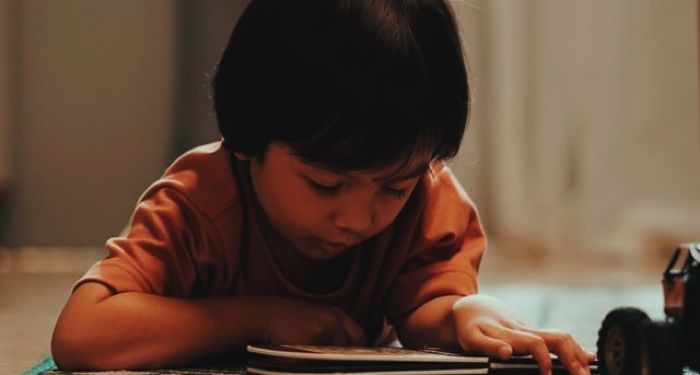A new study by Kennedy Casey, Kylee Novick, Stella F. Lourenco published in PLOS One found that in children’s books featuring a single main character, male perspectives always outnumbered those with female perspectives. The researchers looked at nearly 3,300 books published between 1960 and 2020, published for readers in the 0-16 age bracket.
Although female representation has increased, it still lags behind. This is especially notable when the books are broken down by category – fiction or non-fiction – and the types of characters featured. Non-human characters in fiction were significantly more male than female, and non-fiction books with a human character were also more likely to be male. The second conclusion is particularly worthy of consideration when considering the historical figures depicted in these non-fiction titles; they are much more likely to be male than female.
Over the past sixty years, male authors have better portrayed main characters as women, but this is especially true for books aimed at younger audiences. Female authors write more female characters, especially for older children and in books with human characters. Non-human characters by female authors continue to portray more male characters.
The study doesn’t account for other gender variables, of course, but it highlights the disconnect between the popular perception of an overabundance of stories about female characters and the reality of what gets published.
Read the full study on PLOS One.
Find more news and stories of interest from the world of books in breaking books.






